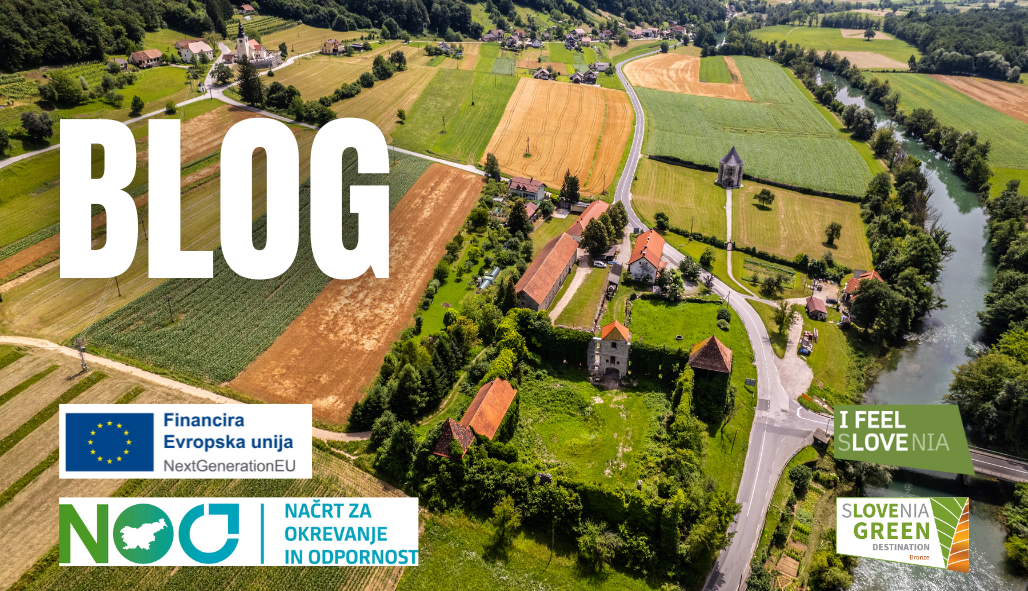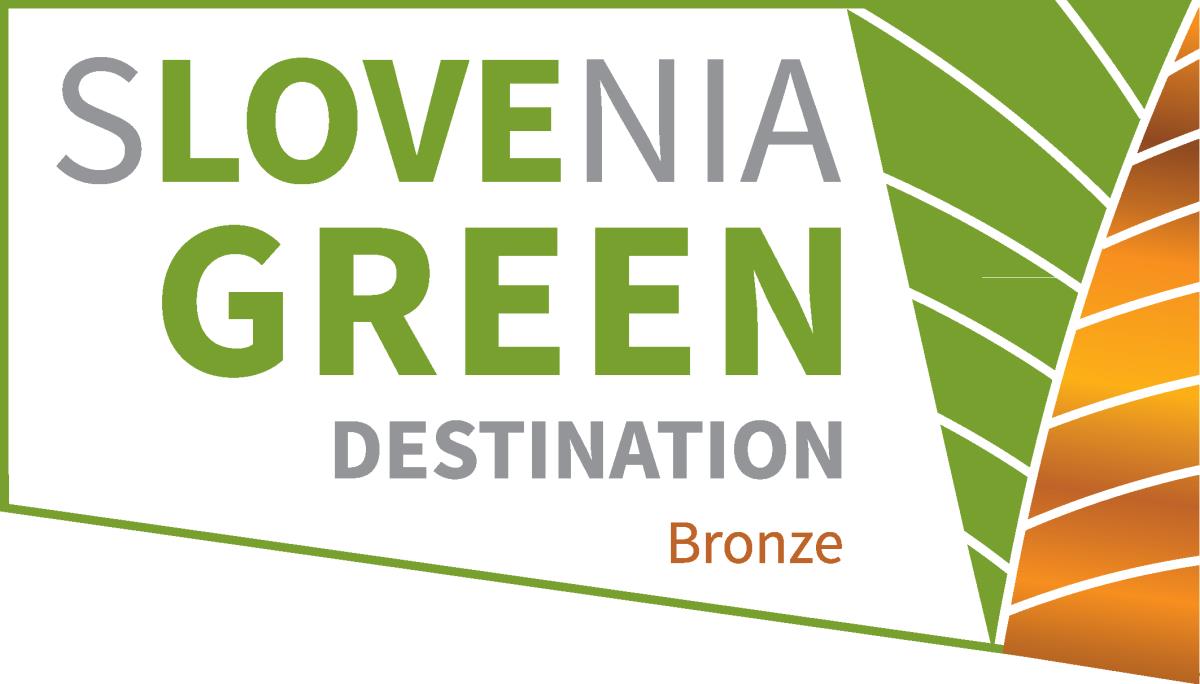ŽAGA ROG SAWMILL
Muzeji in zbirke, Gradovi in dvorci, Gore in hribi, Pohodne poti, Kolesarske poti, Kulturna dediščina, Spomeniki, Planinske postojanke, Zgodovinska dediščina
Žaga Rog, 8350 Dolenjske Toplice
The vast majority of the area is covered with dense forest, which together with the forests of neighboring Kočevska is one of the most naturally preserved areas of Slovenia and Central Europe. As part of the former Auersperg property, they began to be exploited at the beginning of the 19th century for the needs of the Dvor ironworks. In the middle of the 19th century, a steam sawmill was erected on the right bank of Krka river, which flourished in the period between the two world wars, and today, among other things, the remains of the old railway, along which logs have been transported, can still be seen at this place.
The sawmill operated 13 full belt saws and 17 circular saws powered by a 250 hp steam engine over a 63 meter long axle. Throughout its operation, the sawmill mainly sawed beech wood, only in the final stages did it also saw conifers into boards. The yield of wood was poor and there was a lot of waste. The main product was mostly tavalettes, i.e. boards for containers, which were exported to Italy, Spain and elsewhere. The products were transported by wagons to the railway in Straža and for a while also to Kočevje. Annually, the sawmill processed an average of 20,000 m3 of wood, and around 200 workers were employed there. Prince Auersperg leased the sawmill to various tenants. All in all, five tenants changed at the sawmill. To supply the sawmill with water, they also built two large tanks for rainwater, into which it flowed from the roofs of all the buildings, and which have been preserved to this day.
At the end of the century, the operation of the Žaga Rog sawmill and the arrival of the railway to Kočevje and Straža increased logging. After 1892, the once dominant clear-cutting was replaced by the visionary forester Leopold Hufnagel, manager of Auersperg's estate, with selective management, which is still considered one of the most natural approaches. Such nature-friendly use has preserved the characteristic fir-beech forests on the sensitive karst soil. Thanks to Hufnagel, after 1892, the remains of primeval forest were excluded from commercial use. Thus, they were defined as one of the first protected nature areas on a European level.
The sawmill did not operate in the period from 1914 to 1922. It was rebuilt in 1922 and operated intermittently until the spring of 1932, when it was finally abandoned. The machines were sold for scrap metal, and the wooden buildings were burned. Most of the brick buildings were destroyed during World War II. After the war, the ruins were ground into gravel and used to maintain forest roads.
Today, Žaga Rog is a popular excursion spot, located in the vast clearing in the middle of the Kočevski rog. An information board has been installed, and you can see a model of the sawmill in the Scout Environmental Center, which is located in the only preserved building left. Nearby are the ruins of the Stara Soteska castle. A forest road runs through the middle of the clearing, connecting Kočevje and Dolenjske Toplice. A few buildings that used to be stables have been preserved and partially restored. Along the way, there is a newly erected replica of a former Celtic shepherd's dwelling, in which billboards describing the Kočevski rog are on display.
Exact location:





